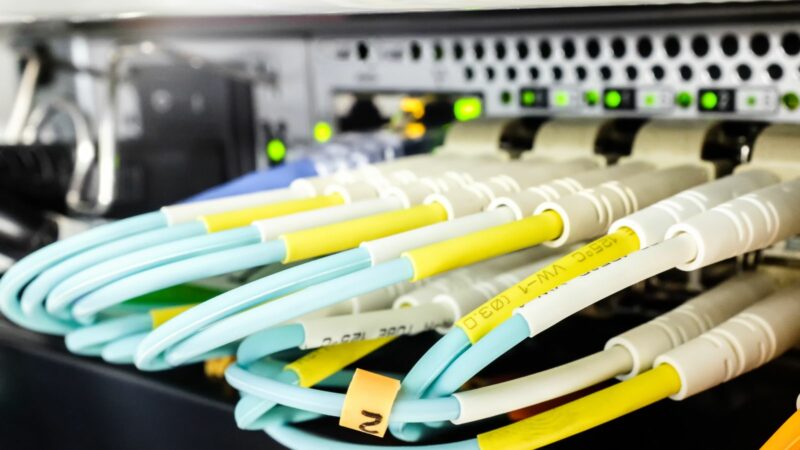If you’ve ever wondered about networking terminologies, you might have come across the term “WAN port.” It’s a crucial component in setting up your home or office network, but what exactly does it do? In this article, I’ll delve into the world of WAN ports and explain their significance in connecting your network to the wider world.
When setting up a router or modem, you’ll often notice a designated WAN port, separate from the LAN ports. Understanding the role of the WAN port is essential for ensuring your network functions smoothly and securely. So, what sets the WAN port apart, and how does it contribute to your network’s connectivity? Let’s explore the ins and outs of WAN ports and their importance in establishing a reliable network connection.
What is Wan Port
Let’s delve into the specifics of WAN ports to grasp their essential role in network setups. WAN ports serve as the gateway for connecting local networks to external networks, such as the internet, enabling communication beyond the confines of the immediate local area.
WAN ports are distinct from LAN ports on routers or modems, as they are designated for wide area network connections, facilitating data transmission over longer distances. Ensuring the proper configuration of WAN ports is paramount in establishing secure and reliable network communications, especially in today’s interconnected digital landscape.
Importance of WAN Port in Networking

Understanding the importance of WAN ports in networking is crucial for optimizing data transmission and ensuring secure connectivity across various network environments. WAN ports play a fundamental role in establishing robust network connections by serving as gateways that link local networks to external networks such as the internet.
In modern digital landscapes, where seamless data exchange is vital, properly configuring WAN ports is essential. By effectively managing data flow, WAN ports enhance connectivity and improve data transfer speeds over extended distances. This optimization is key for ensuring reliable and secure network communications for both residential and business settings.
Configuring WAN Port Settings
Ensuring the proper configuration of WAN ports is essential for optimizing network performance and enhancing connectivity across diverse environments. By adjusting specific settings, it’s possible to streamline data transmission and bolster the security of network communications.
1. IP Address Assignment:
When configuring WAN ports, assigning a static IP address to the port helps in maintaining a consistent connection with the external network. By setting a fixed IP address, I ensure that the WAN port always uses the same identifier, facilitating smooth data routing and secure communication.

2. NAT Configuration:
Network Address Translation (NAT) plays a vital role in mapping internal private IP addresses to a public IP address assigned to the WAN port. Configuring NAT on the WAN port allows multiple devices within the local network to share a single external IP address, enhancing network efficiency and providing an added layer of security.
3. Firewall Settings:
Implementing robust firewall settings on the WAN port is crucial for safeguarding the network against potential threats and unauthorized access. By defining strict rules and policies within the firewall configuration, I can control traffic flow to and from the WAN port, mitigating security risks and ensuring data integrity.
4. Quality of Service (QoS) Configuration:
Prioritizing network traffic through Quality of Service (QoS) configuration on the WAN port helps in optimizing bandwidth utilization and enhancing the overall network performance. By assigning different priority levels to specific types of data packets, I can ensure seamless data transmission for latency-sensitive applications such as VoIP or video streaming.
5. VPN Setup:
Setting up a Virtual Private Network (VPN) on the WAN port establishes a secure tunnel for remote access and encrypted data transmission. Configuring a VPN connection enhances network privacy and confidentiality, allowing secured communication between remote users and the local network.
By fine-tuning these WAN port settings, I can optimize network efficiency, strengthen security measures, and ensure seamless data transmission across interconnected networks, contributing to enhanced network performance and reliability.